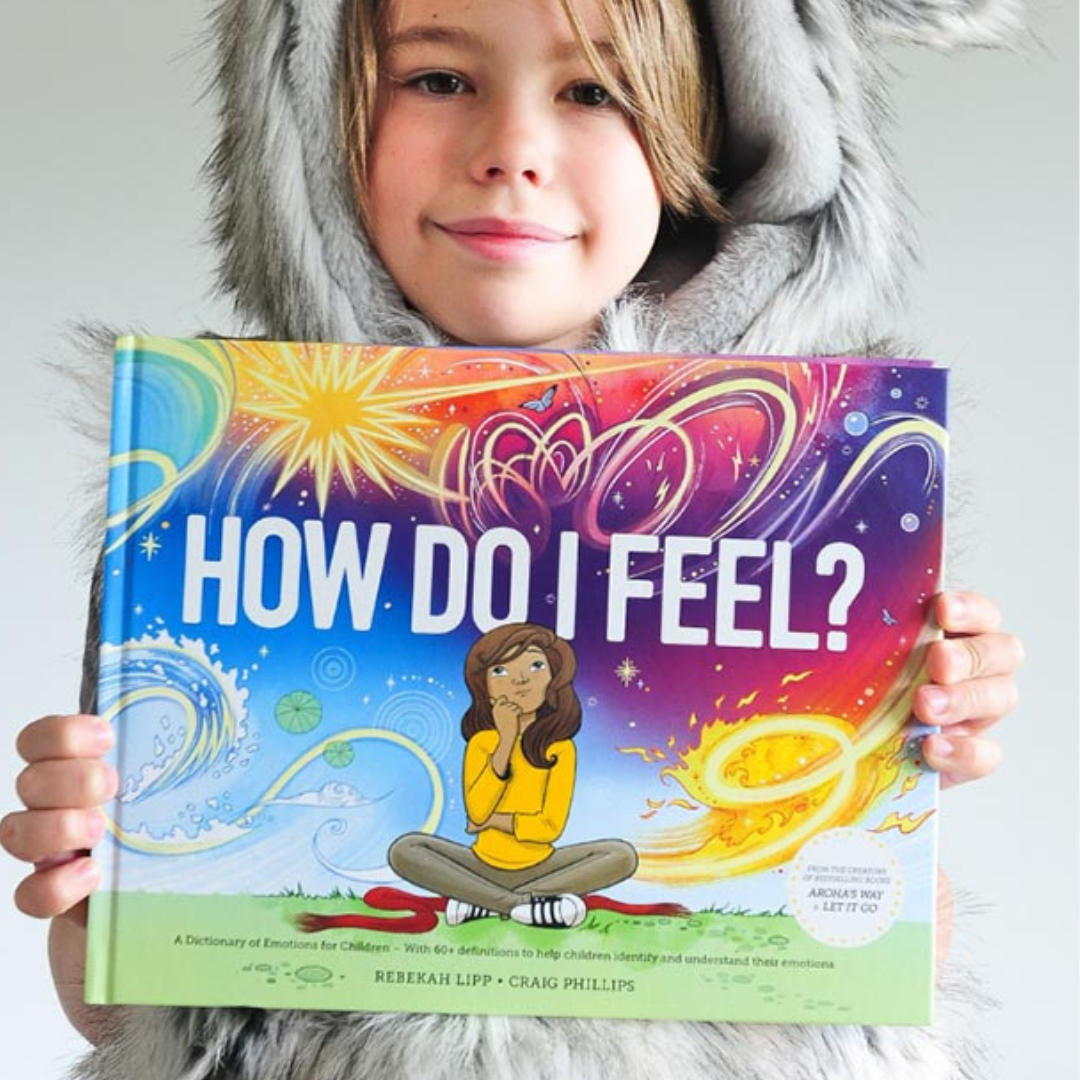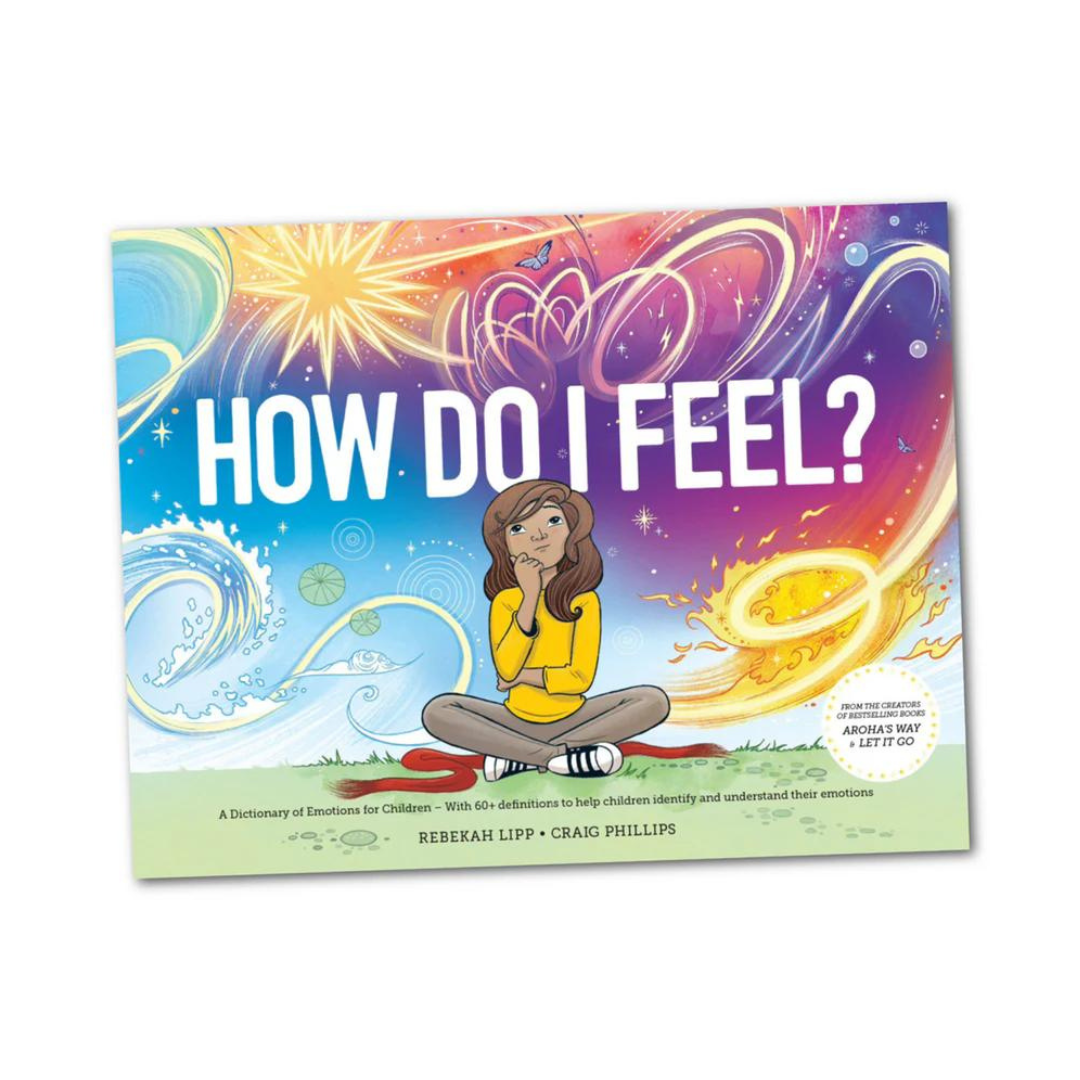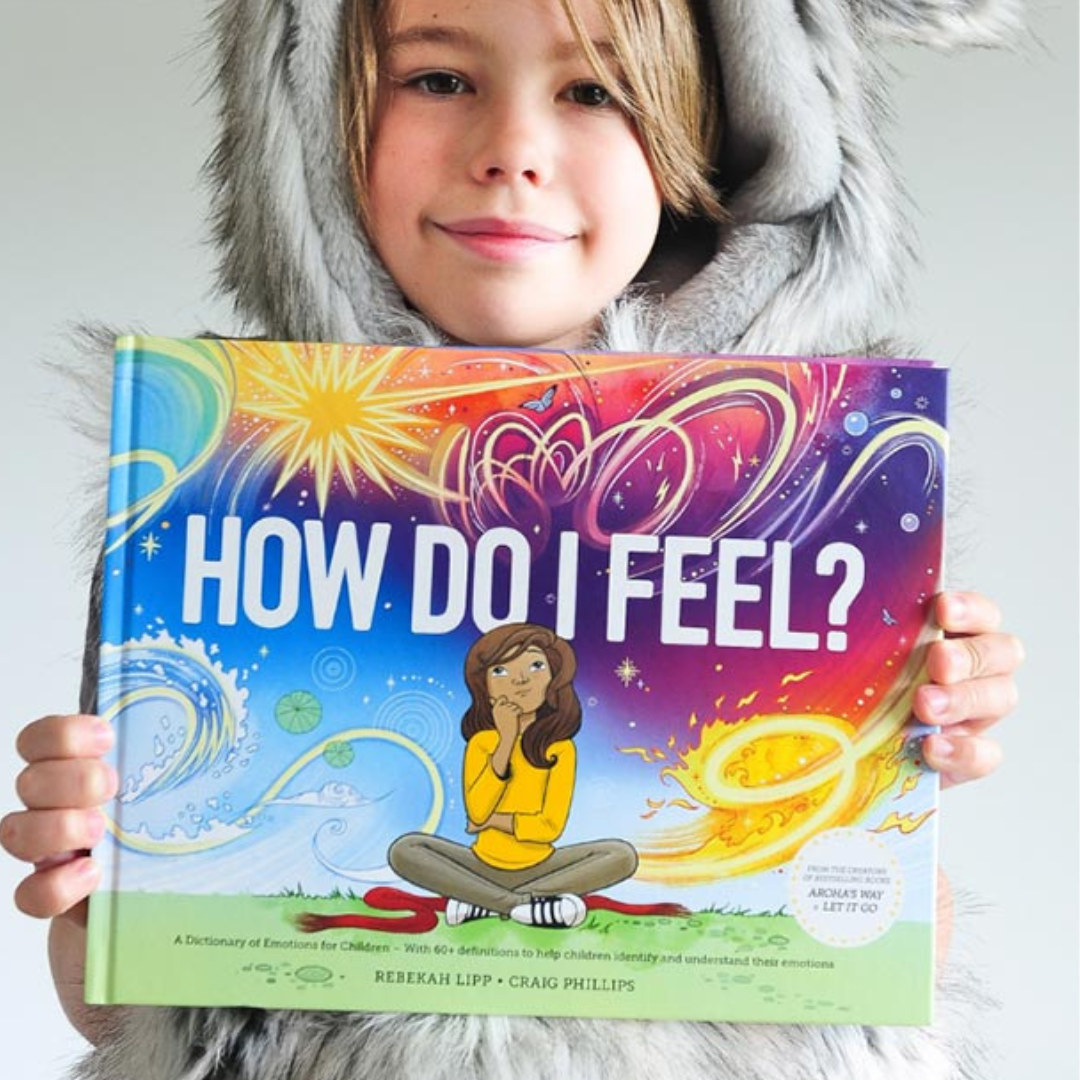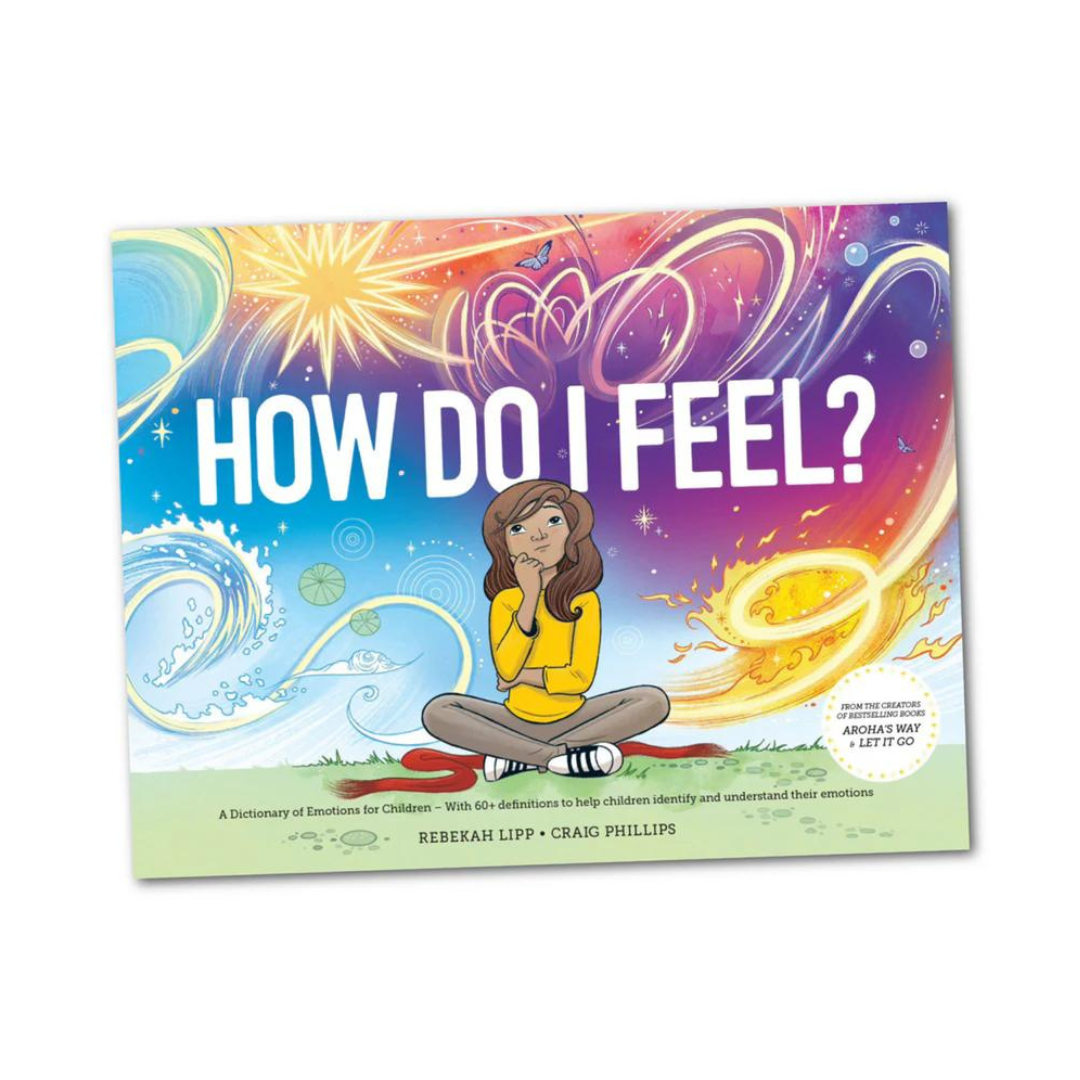My Store
How Do I Feel? A Dictionary of Emotions for Children
How Do I Feel? A Dictionary of Emotions for Children
Couldn't load pickup availability
How Do I Feel? Dictionary of Emotions – A Fun and Engaging Way to Explore Emotions with Your Tamariki
Understanding and expressing emotions can be tricky for tamariki, but with the How Do I Feel? Dictionary of Emotions, it's easier – and more fun – than ever! This beautifully illustrated dictionary is designed to help children of all ages identify and navigate their emotions, from joy and excitement to frustration and sadness. With over 30 emotions explained through simple definitions and relatable images, it’s the ultimate tool for fostering emotional literacy in tamariki.
Ideal for parents, teachers, and caregivers, the How Do I Feel? Dictionary of Emotions is an engaging invitation to start meaningful conversations about feelings, helping children understand themselves and others on a deeper level. This essential tool helps tamariki build emotional intelligence, enabling them to cope with big emotions, make sense of how they feel, and communicate effectively.
Why We Love It
The How Do I Feel? Dictionary of Emotions is a game-changer when it comes to teaching tamariki about emotions. What makes it special? First, it’s incredibly easy to use. Each emotion is paired with an illustration that children can immediately relate to, making abstract feelings more concrete and understandable. The dictionary covers a wide range of emotions, so no matter what tamariki are feeling – whether it's happiness, embarrassment, fear, or pride – they’ll find an explanation that resonates.
As professionals and parents, we love how this resource empowers tamariki to recognise and name their emotions. It’s not just about labelling feelings – it’s about understanding them and finding healthy ways to express them. This helps tamariki develop empathy for themselves and others, creating a more compassionate, emotionally intelligent generation.
What Results Have We Seen?
Since introducing the How Do I Feel? Dictionary of Emotions, tamariki have gained a deeper understanding of their feelings and developed better communication skills. Parents and teachers have reported that children are more able to articulate their emotions, which helps prevent meltdowns and misunderstandings. Tamariki are more confident in expressing themselves and are better equipped to manage their emotions in a healthy way. The dictionary has also fostered more empathetic interactions between children, helping them understand and support each other’s emotional experiences.
How Can You Use It?
Here are three creative ways to use the How Do I Feel? Dictionary of Emotions:
-
Emotion Exploration: Use the dictionary as a fun, interactive way to talk about emotions. Ask tamariki to flip through and find an emotion they’ve felt that day. Discuss how it felt, what caused it, and what they did to cope with it.
-
Emotion of the Day: Choose an emotion to focus on each day. Read the definition and discuss examples of when tamariki might feel that way. This can be done during circle time at school, or as part of the morning or bedtime routine at home.
-
Emotion Charades: Pick an emotion from the dictionary and have tamariki act it out for the group to guess. This helps children explore body language and expressions associated with different feelings, enhancing their emotional awareness.
Reviewed by Anna from our Real Parents team for the Mental Health Foundation, the How Do I Feel? Dictionary of Emotions is a must-have resource for raising emotionally intelligent tamariki. It’s a rich tool for building empathy, emotional awareness, and positive communication skills that will benefit children throughout their lives. See her review here!
Grab your copy of the How Do I Feel? Dictionary of Emotions today and empower tamariki to understand, express, and manage their emotions with confidence!
Share





